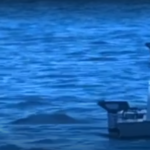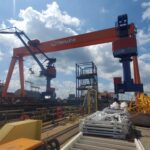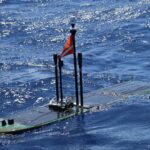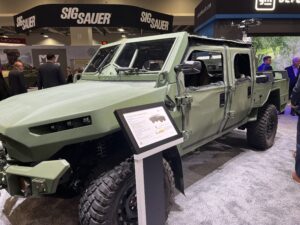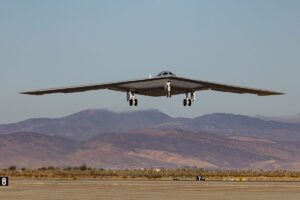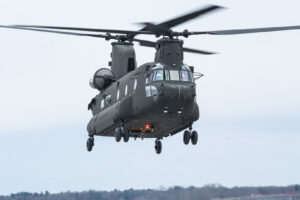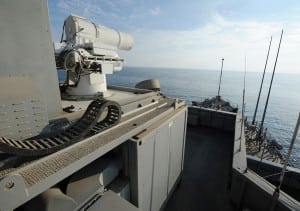
The commander of Naval Surface Forces wants the service to accelerate deployment of directed energy weapons on ships to defend against threats like the Navy is dealing with currently from Houthi actions in the Red Sea. Vice Adm. Brendan McLane, also known as SWO Boss, told reporters when he was captain of a ship the idea of a swarm threat to naval forces was seen as real and prepared for with specific munitions in naval guns. However, he now favors…

 By
By 